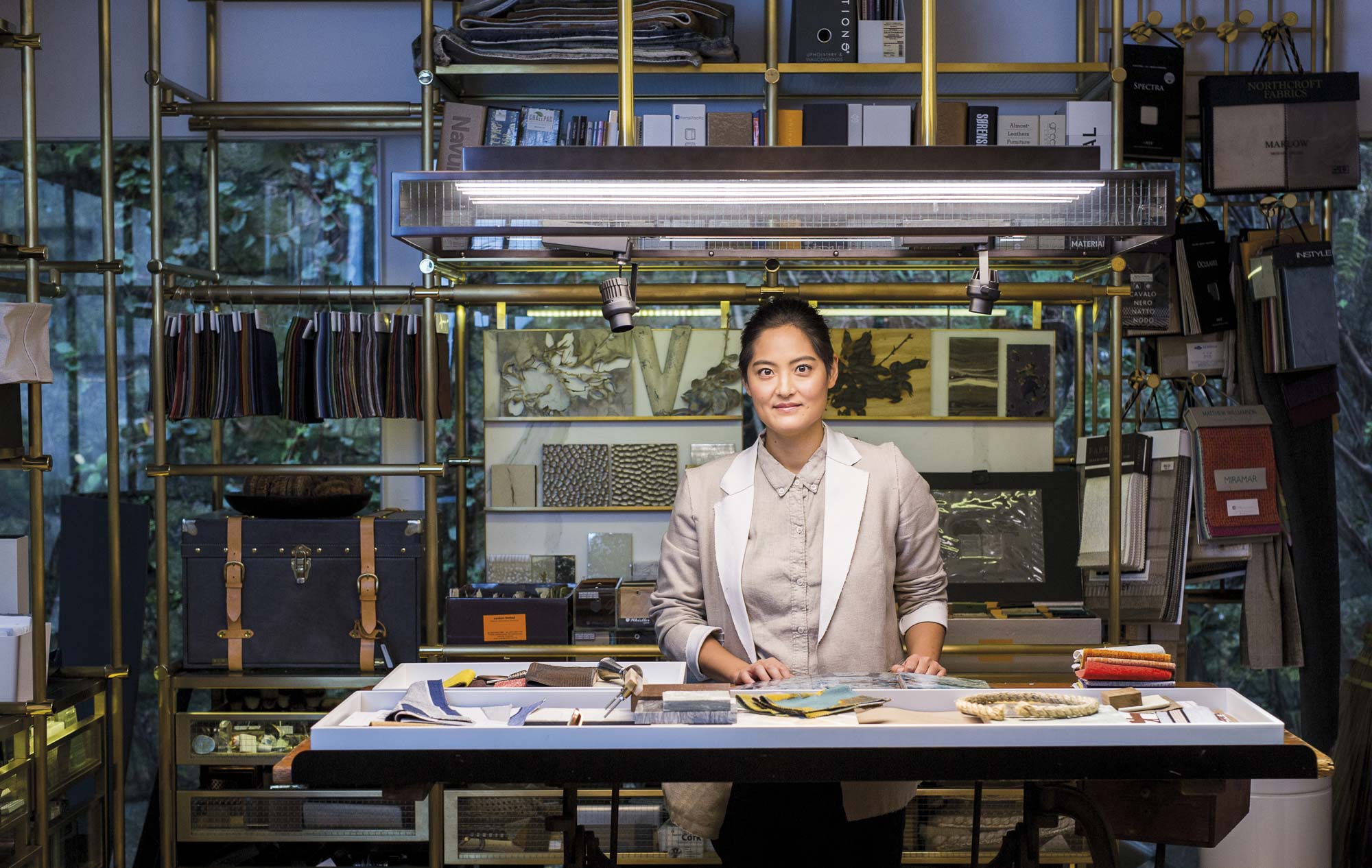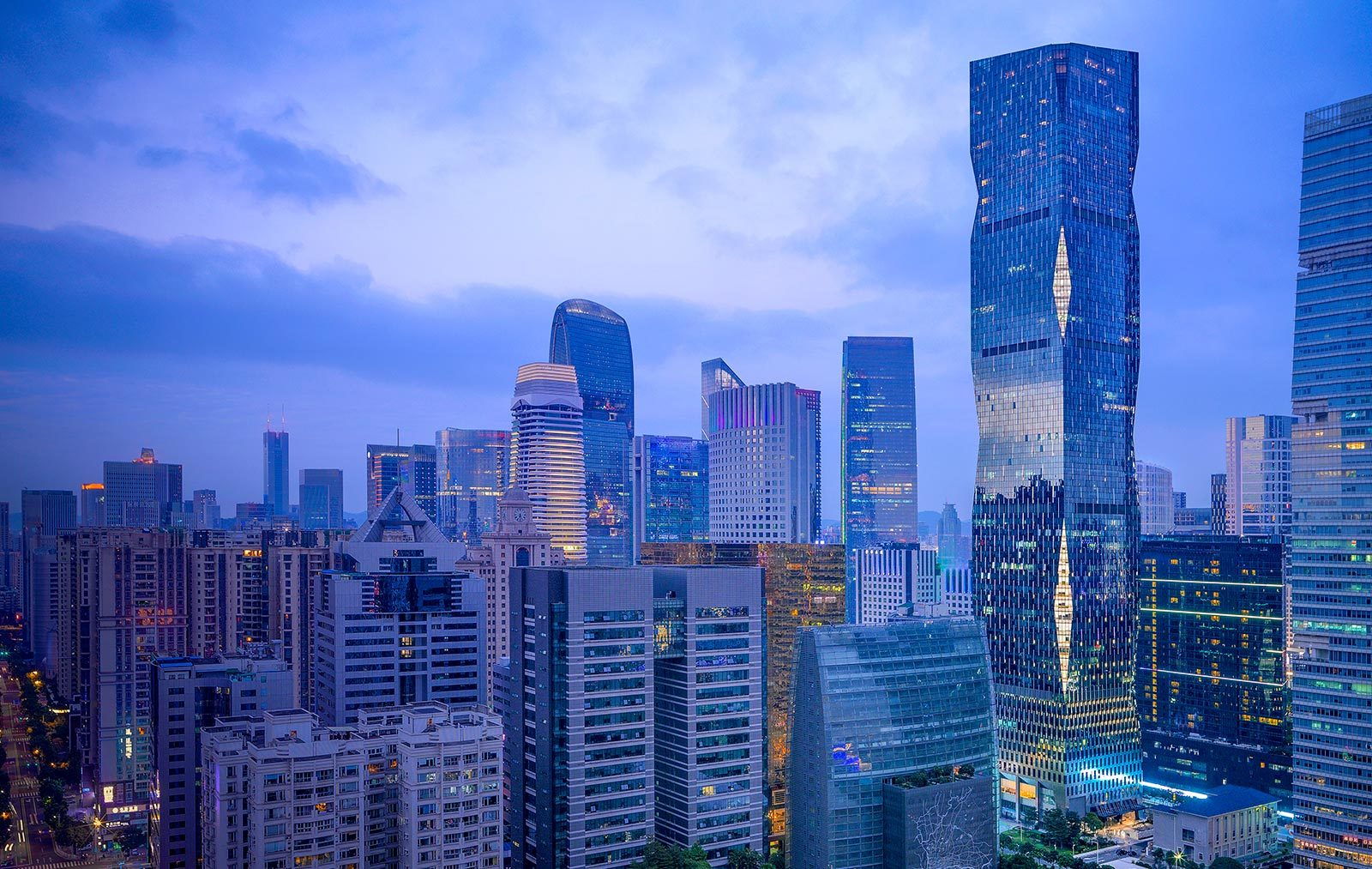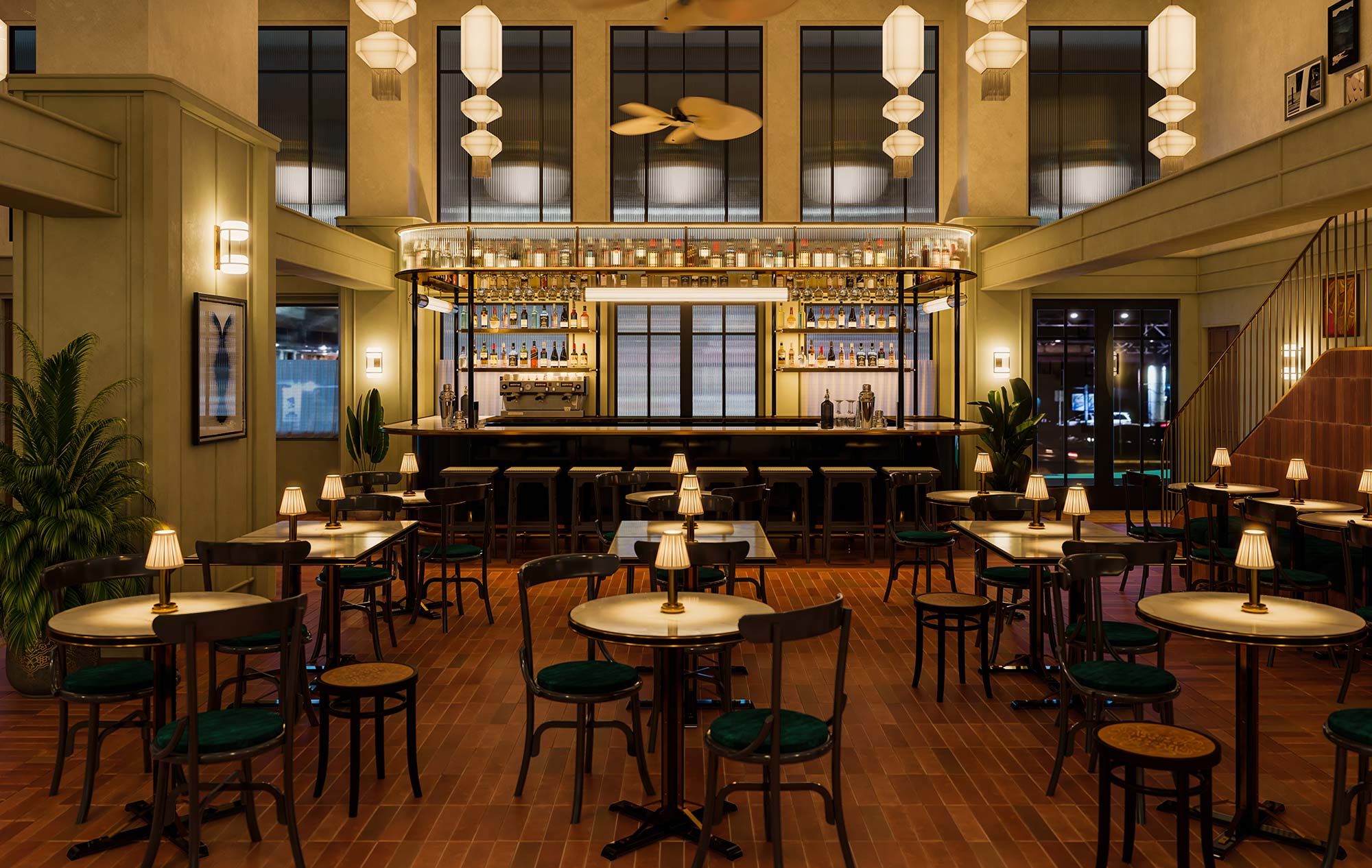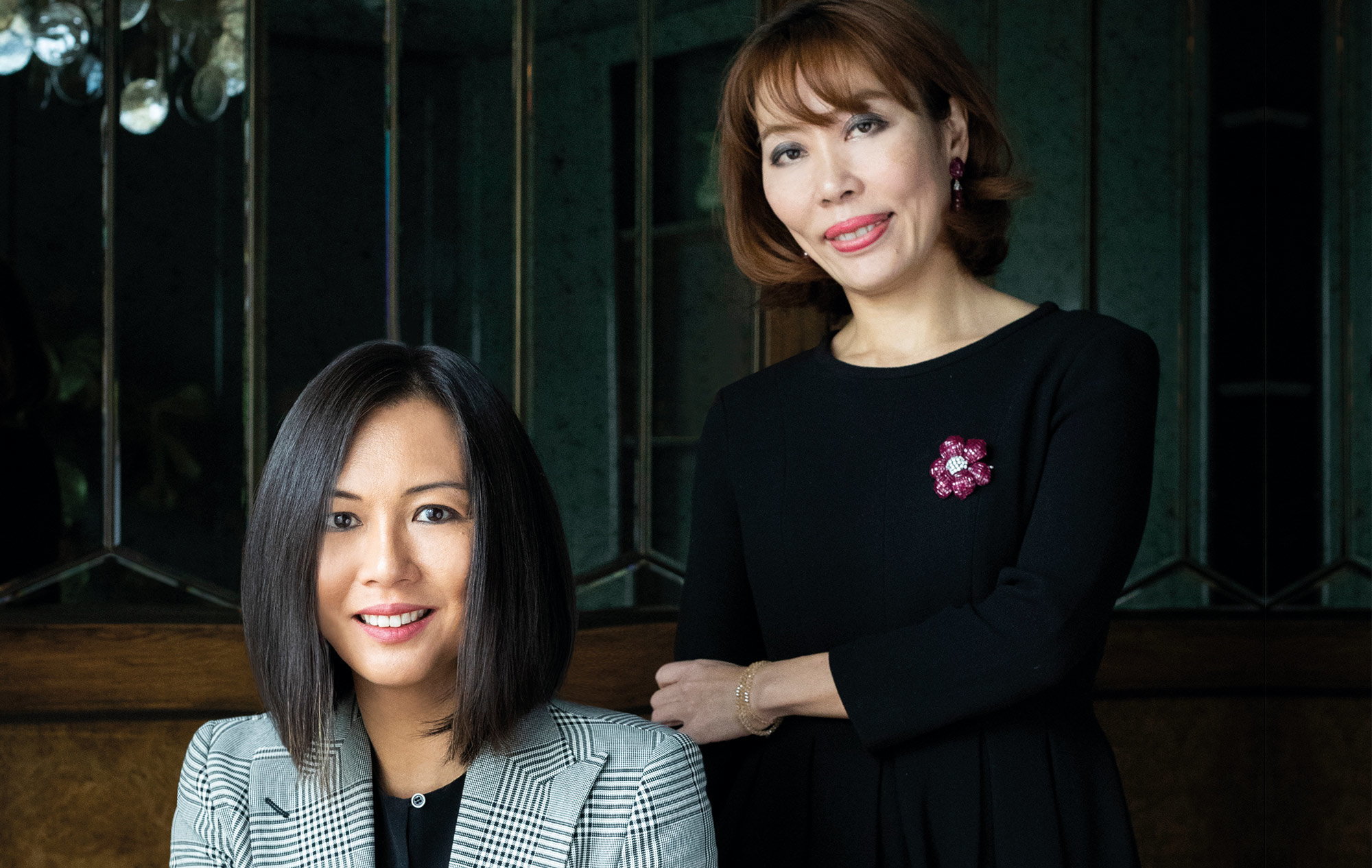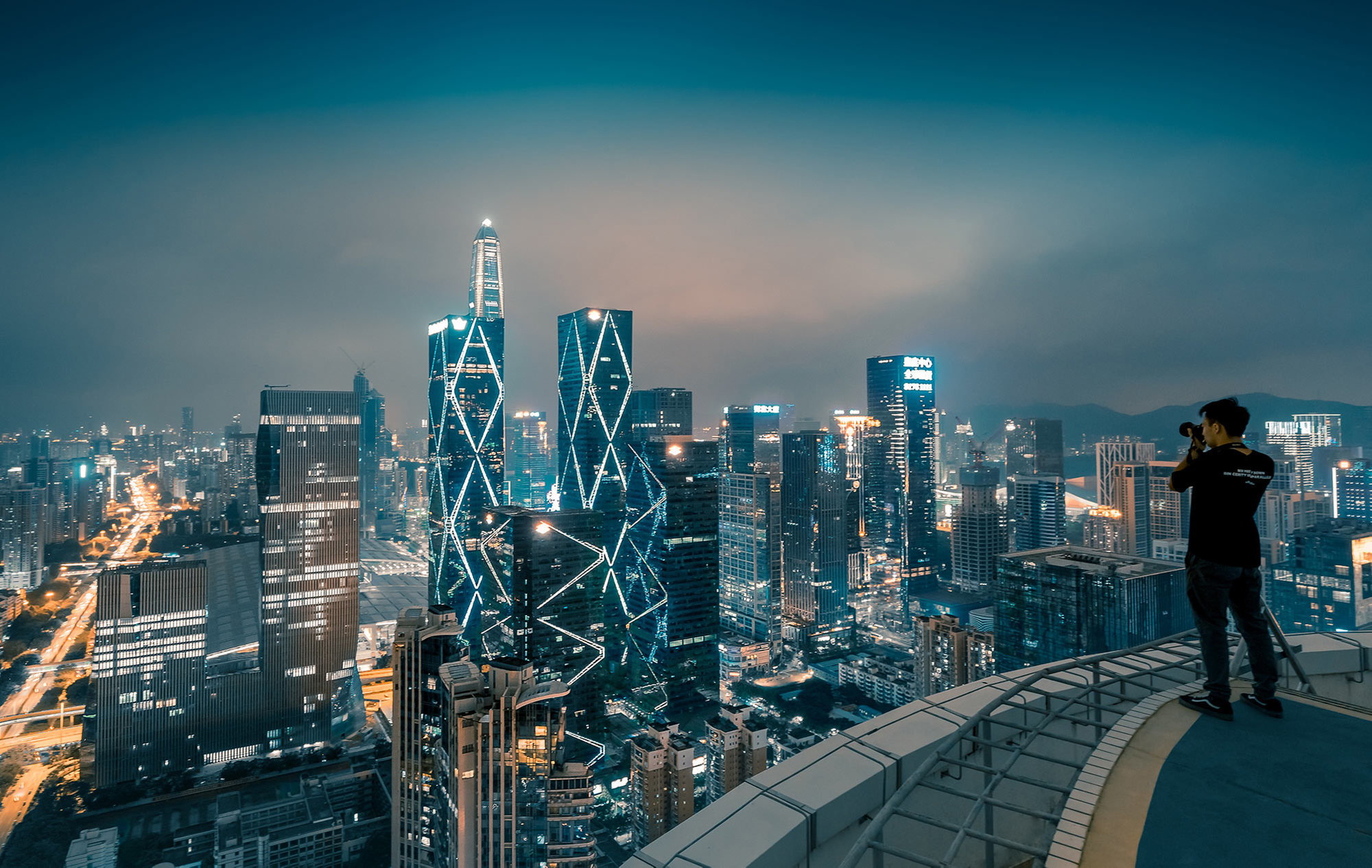You’re working on projects from Melbourne to New York to Bangkok. How do you reflect a sense of place through design?
To start, you need to understand the dynamics of the city, understand why people would go to a certain place, how they would be dressed, what they would expect. It does involve getting to know a place – and that’s why we’re quite selective in what we do, so we can spend the time we need to.
You’ve worked on various hotel projects, including with Mandarin Oriental Hyde Park in London and The Landmark Mandarin Oriental in Hong Kong. What’s different about hotel design?
Hotels are funny because they don’t get built until three years after you’ve designed them. So you can’t just be innovative; you need to design for the future. A lot of questions about relevance come up: is it timeless enough? Are we thinking about how their guests are going to use the room? Those dynamics make you think in a completely different way.
What is the role of design in hospitality?
Designers need to anticipate the needs of the guests and, if it’s done well, make guests feel like they’re taken care of. It’s like having that invisible layer of hospitality. For example, in London there’s a huge Middle Eastern clientele, and often they’ll need an area to sit together for meals. So the furniture needed to be flexible and loose. Whereas the Roosevelt in LA was a party hotel where guests stand on tables and come in in their wet swimsuits. For the Entertainment Suite at The Landmark Mandarin Oriental Hong Kong, it’s in the middle in the city and there’s no getting away from it, so we wanted to add a lot of natural textures and give people the feeling that they have gotten away.

How has the idea of luxury evolved in design?
The stereotype of luxury has always been about things like chandeliers, marble and ultra craftsmanship, but that’s really obvious luxury. Today, there’s a lot more talk about comfort. There’s definitely been a casualisation, similar to what fashion brands are doing. Casual can still be really well made but also comfortable, and it can still look like a million dollars.
Your studios in Hong Kong and London are both intentionally small. What are your goals for the business?
Having a small studio is important to me. I’ve vowed never to have more than 10 people in my studio and I fight every day to not grow. It means we’re very mobile. I’m still involved in every project and I like this startup feel. Also, in design I think it’s important to be multicultural. That’s why I choose to work in so many different cities and have lots of cultures in my teams.
What’s your advice for aspiring designers?
Perseverance is key, especially when it comes to dealing with clients. It shows that you’re passionate. I think it says a lot, more than talent or being blessed with sketching skills.



